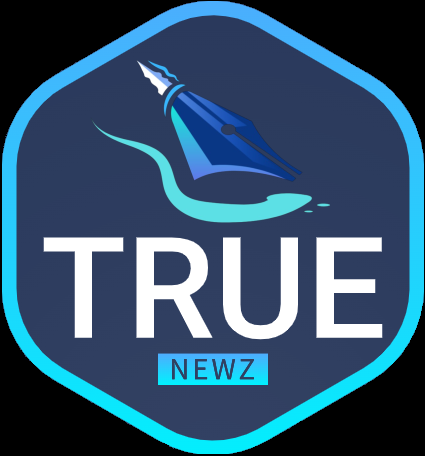A strategic move that underscores the strengthening Indo-US partnership, Defence Secretary Giridhar Aramane revealed that India and the United States are currently engaged in discussions for the "co-development and co-production" of the advanced Stryker Infantry Combat Vehicle on Indian soil. This development comes hot on the heels of Washington's offer of top-tier military equipment to New Delhi, marking a significant milestone in the burgeoning relationship between the two nations.
The announcement unfolded after the Indo-US 2+2 meeting, a diplomatic rendezvous involving key representatives from the Ministry of External Affairs and the Ministry of Defence on both sides. Giridhar Aramane, alongside Foreign Secretary Vinay Kwatra, addressed the media, shedding light on the outcomes of the high-profile meeting between Defence Minister Rajnath Singh, External Affairs Minister S Jaishankar, and their US counterparts Lloyd Austin and Antony Blinken.
Aramane highlighted the US's keen interest in providing Stryker infantry combat vehicles, emphasizing ongoing talks focused on co-development and co-production initiatives. The collaborative effort involves military teams from both nations working in tandem to bring this vision to fruition.
In addition to the Stryker deal, the discussion touched upon the progress of the F-414 engine deal with Hindustan Aeronautics Limited (HAL). Aramane reassured that talks were proceeding as planned, in line with the schedule set during Prime Minister Narendra Modi's visit to the USA in June. The F-414 engine deal is a crucial component of India's aspiration to manufacture jet engines domestically.
The bilateral meeting between Singh and Austin delved into an array of defence and strategic issues, with a primary focus on enhancing defence-industrial cooperation. Secretary Austin commended India's decision to achieve full membership in the Combined Maritime Forces, reinforcing joint efforts to ensure the Indian Ocean remains free from piracy.
Maritime technologies, especially in the "undersea domain," emerged as a key area for collaboration between the two nations. Furthermore, India aims to position itself as a Maintenance, Repair, and Overhaul (MRO) hub for US aircraft, ships, and UAVs on long-range deployments, seeking increased commitment from US military industries.
Aramane also addressed the sale of 31 MQ-9B unmanned aerial vehicles through the Foreign Military Sales route. He revealed that a Letter of Request had been sent from the Indian side, and the manufacturing company was in the process of seeking approval from the US government.
During the 2+2 summit, Defence Minister Singh symbolically handed over items recovered in Assam as part of the US Defence Prisoners of Wars Missing In Action Accounting Agency Mission. These artifacts included parts of parachutes, uniforms, and airplanes from the World War II era, reflecting the historical ties between the two nations.
Preceding the summit, the first meeting of the India-US Defense Acceleration Ecosystem (INDUS-X) took place. This network, comprising universities, startups, industry players, and think tanks, aims to facilitate joint defence technology innovation and co-production of advanced defence technology.
In conclusion, Defence Secretary Aramane emphasized that Indo-US defence cooperation has evolved into a rock-solid foundation supporting the bilateral relations between the two nations. As discussions progress on the Stryker deal, F-414 engine collaboration, and other strategic initiatives, the Indo-US partnership is poised for greater heights in the realm of defence and security.





0 Comments